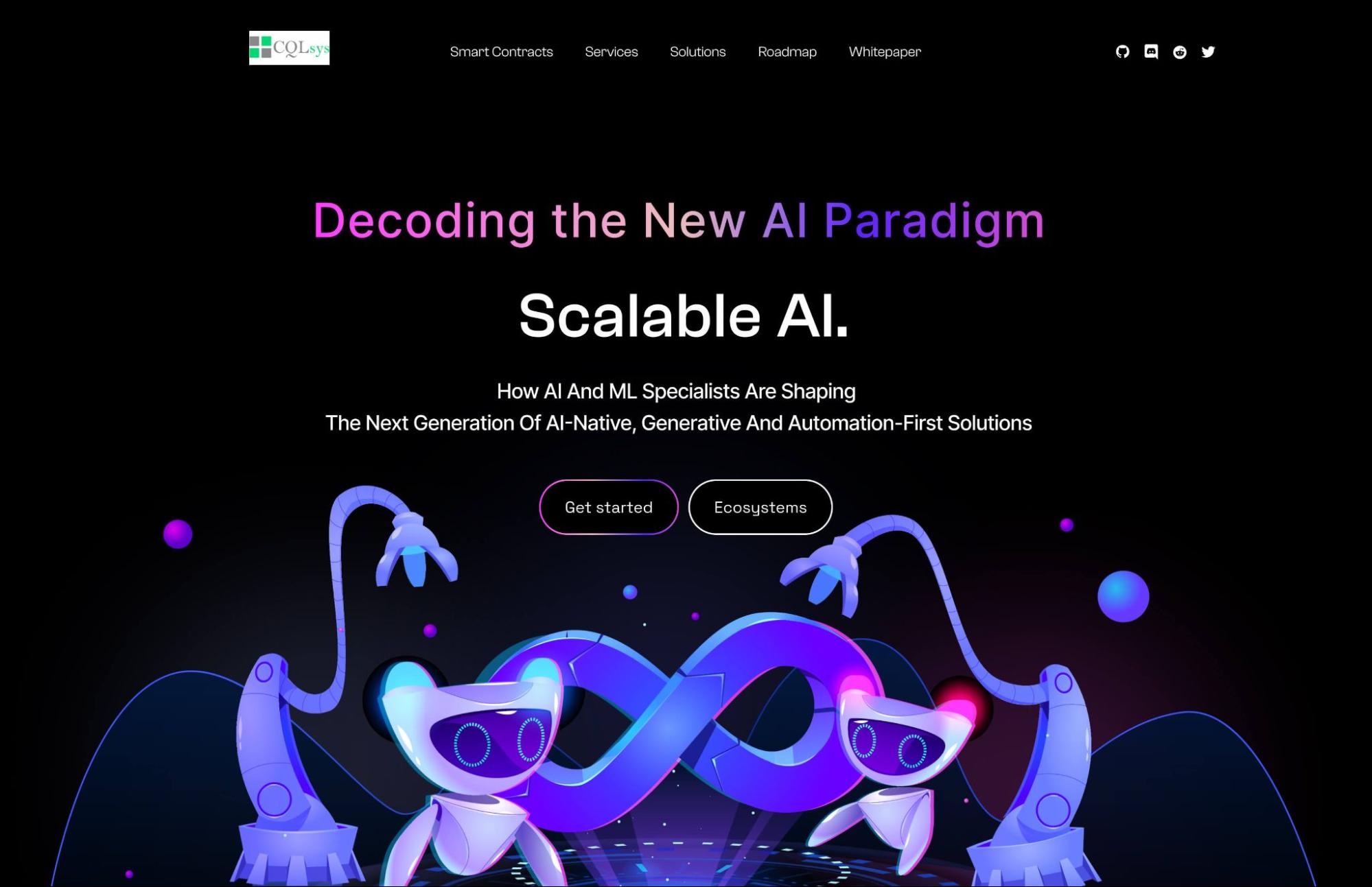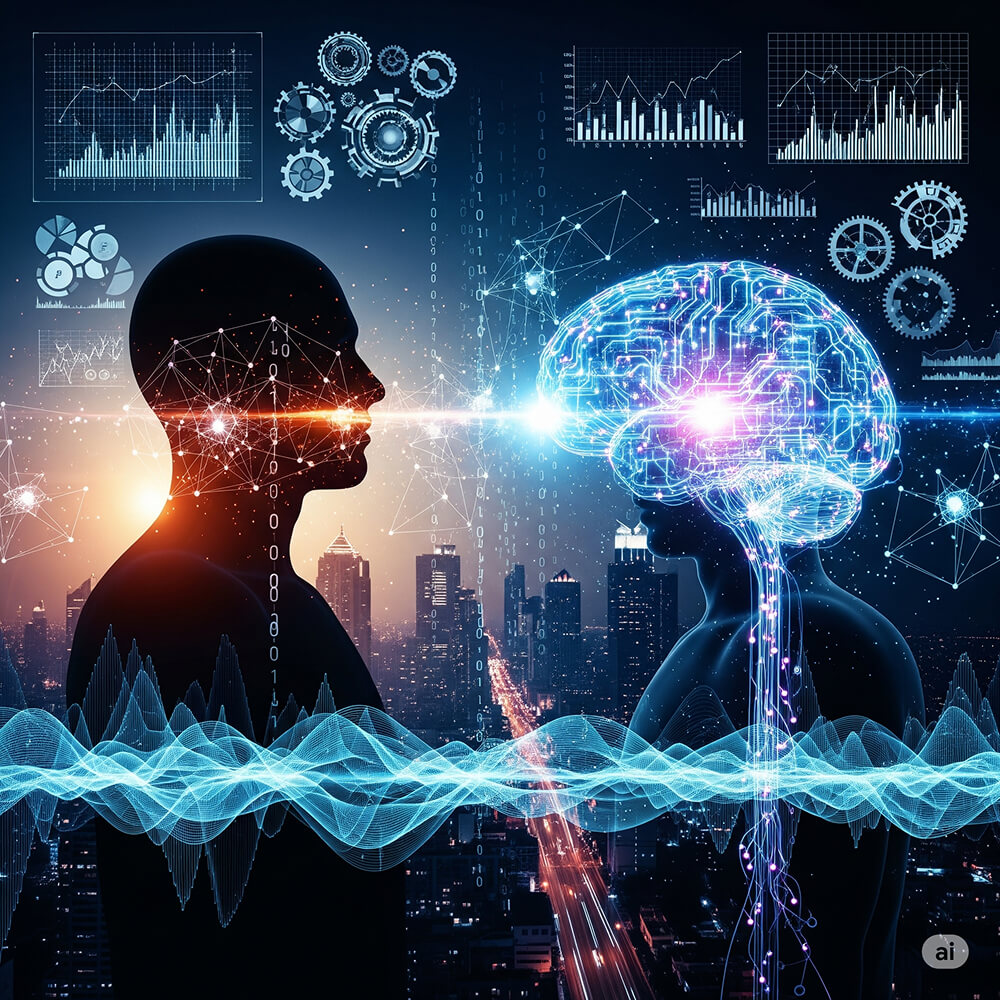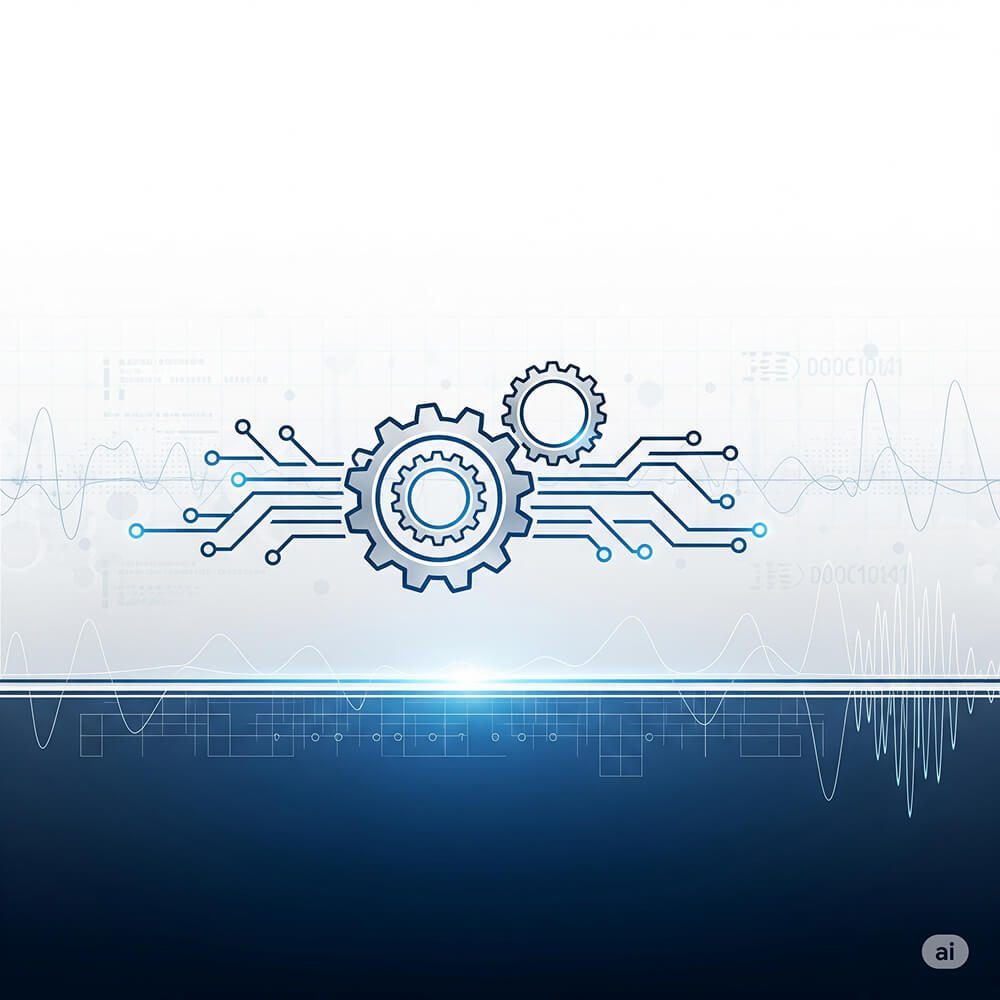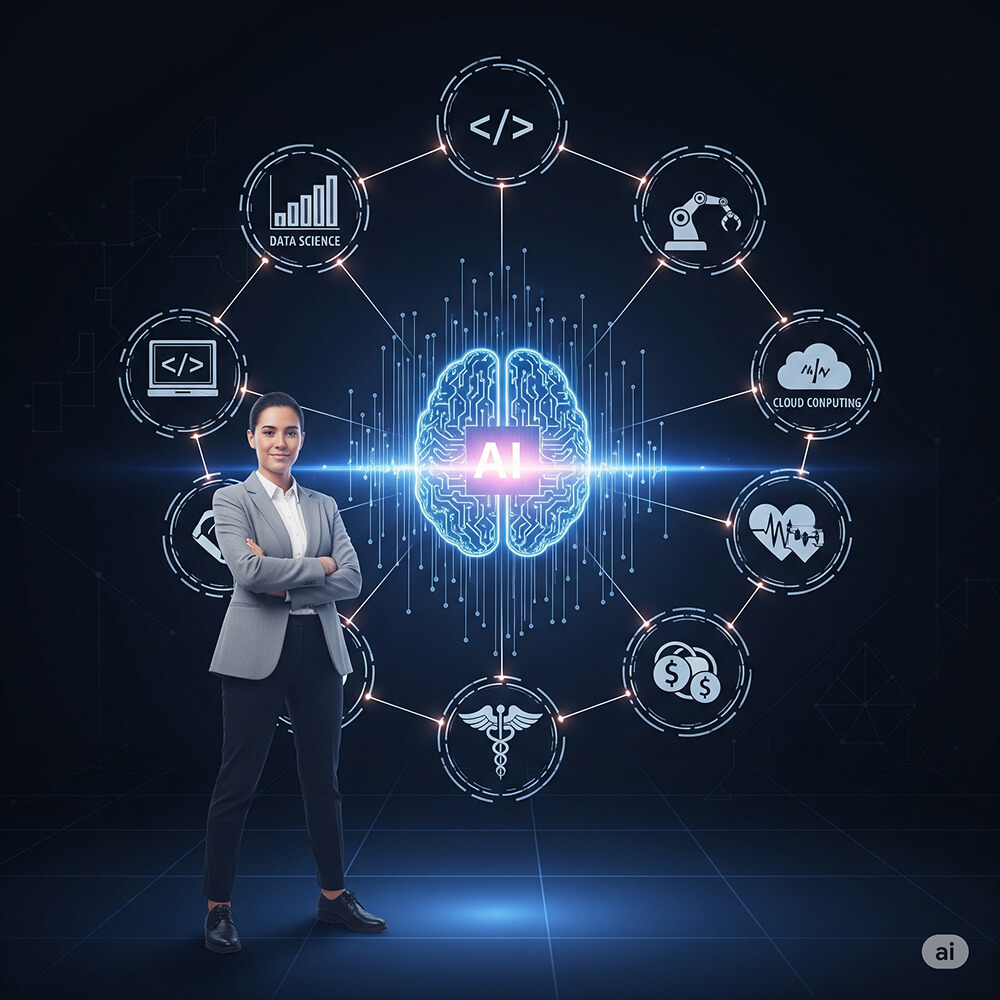How AI and ML Specialists Are Shaping the Next Generation of AI-Native, Generative and Automation-First Solutions

Imagine a world where software not only follows rules but learns and adapts. For decades, we relied on digital systems that worked like clocks: reliable but inflexible. While rule-based systems could tell the time, they couldn't adjust automatically for changes like time zones.
A new era is emerging, where software behaves less like a clock and more like a self-learning, adaptive system. Traditional one-size-fits-all software can't address today’s complex, data-rich problems. We need solutions that learn in real time, process unstructured data, and generate new insights.
This change is built on three pillars: AI-native, generative, and automation-first solutions. These are more than buzzwords—they signal a major shift in technology design and deployment. At the center are AI and ML specialists, the architects creating intelligent systems for tomorrow. They design the intelligence shaping our world.
Decoding the New AI Paradigm
To understand this new frontier, we must first deconstruct its three core concepts. These aren't isolated technologies but rather a synergistic approach to building a more intelligent, adaptive, and efficient world.
The AI-Native Revolution: A Paradigm Shift

Many companies claim their products are "AI-powered" or "AI-enabled." A basic calculator is "AI-enabled" in that it performs calculations based on an underlying set of logical rules. In contrast, an AI-native system is fundamentally designed around the principles of machine learning from the ground up. Its core architecture is built to learn from data.
Consider the difference between an old fraud detection system and a new one. An old system might operate on static rules—if a transaction over $5,000 occurs in a new location, flag it. It’s effective, but static. An AI-native financial risk-assessment tool, on the other hand, is designed to ingest and learn from new market data, transaction patterns, and user behavior in real-time. It can identify a new, evolving form of fraud that doesn't fit a predetermined rule, such as a series of micro-transactions spread across multiple accounts to bypass a limit. This is the essence of an AI-native system: it’s built to continuously learn, adapt, and scale.
Technically, this means a shift away from monolithic or microservice architectures to a design centered on data pipelines, continuous learning loops, and model versioning. The entire system is built to ingest and process data efficiently, ensuring that models can be retrained and updated seamlessly as new information becomes available. This architectural approach delivers superior scalability, adaptability, and performance, giving businesses a competitive edge in a fast-paced market.
Generative AI: From Analytics to Creation
The journey of AI began with expert systems that followed explicit rules, evolved into analytical models that could classify and predict, and has now culminated in a new class of models that can create. We have moved from asking "what is this?" to "what can we create from this?"
At its core, a generative model learns patterns from vast amounts of data and uses those patterns to produce new, original content. Think of a student who learns to write essays by reading thousands of books, understanding style, tone, and structure. This student doesn't just grade essays; they can write them in a multitude of styles. Similarly, generative models like Large Language Models (LLMs) and diffusion models learn from massive datasets of text, images, or code and can then generate new, coherent, and contextually relevant content.
This capability is revolutionizing industries:
- Content Creation Marketing teams can use generative AI to produce thousands of personalized ad copy variants, automatically tailoring messages to different audience segments at an unprecedented scale.
- Product Design: Engineers are using it to generate new designs for parts with optimal strength-to-weight ratios, accelerating the prototyping process and creating designs that might not have been conceived by a human.
- Software Development: Developers are leveraging these models to write code, generate test scripts, and debug applications, freeing them to focus on high-level architectural design and creative problem-solving.
The Automation-First Imperative

The automation-first mindset is less about a specific technology and more about developing a strategic culture. It's the simple yet powerful idea of asking, 'How can we automate this from the very start?' at every stage of a process. It’s a shift from automating a broken process after the fact to designing a process with automation as a fundamental component. To foster an automation-first culture, organizations can adopt several practical steps. Leadership buy-in is crucial, as leaders set the tone for innovation and change. Forming cross-functional teams can bring diverse perspectives and expertise together, facilitating more comprehensive and effective automation strategies. Additionally, initiating pilot projects allows for experimentation in low-risk settings, providing valuable insights and demonstrating the potential benefits of automation to the broader organization.
This new imperative is powered by intelligent automation, which goes far beyond basic Robotic Process Automation (RPA). Simple RPA bots can follow a script to copy data from one spreadsheet to another. Intelligent automation, however, uses AI to handle unstructured data, make complex decisions under uncertainty, and adapt to changing conditions. For example, an AI-driven supply chain management system can automate everything from inventory tracking and order placement to logistics and delivery route optimization, learning from real-time traffic data and supplier performance to make continuous improvements.
The Role of the AI and ML Specialist
These revolutionary technologies don't build themselves. Behind every AI-native platform, generative model, and intelligent automation system is a new kind of professional: the AI and ML specialist.
The Modern AI Professional: A Multidisciplinary Master

The role of an AI specialist has expanded far beyond simple coding. They are a unique blend of a data scientist, a software engineer, and a business strategist. They must not only understand the algorithms but also the data that powers them and the business problems they are meant to solve. To stay competitive, professionals in this field should focus on developing in-demand skills such as MLOps, data engineering, and ethical AI considerations. Engaging in continuous learning through online courses, attending workshops, and participating in AI-focused communities can help in keeping abreast of these essential skills.
Their responsibilities are multifaceted and critical to a project's success:
- Data Engineering & Management The cornerstone of any AI system is clean, well-structured data. AI specialists often spend a significant amount of time on the critical, often-overlooked work of cleaning, structuring, and maintaining the massive datasets that models learn from.
- Model Building & Training: This is the core of their work—the art and science of selecting the right algorithm, training models on data, and tuning parameters to achieve optimal performance.
- MLOps (Machine Learning Operations): The work doesn’t end when a model is built. They are responsible for the crucial task of deploying, monitoring, and maintaining models in production, ensuring they remain effective, reliable, and continuously learning in the real world.
Navigating the Ethical Frontier
With great power comes great responsibility. The decisions made by AI and ML specialists carry significant ethical weight. Ethical considerations are not an afterthought but a central consideration in every stage of development.
A key challenge is algorithmic bias. In simple terms, a biased algorithm can make unfair decisions based on the data it was trained on. For example, a loan approval algorithm trained on historical data might learn to unfairly penalize applicants from certain zip codes if those areas historically had lower approval rates, regardless of the individual’s creditworthiness. This is why AI specialists must diligently work to identify and mitigate bias.
The move toward explainable AI (XAI) is a direct response to this challenge. While many of the most powerful models are "black boxes"—meaning it's difficult to understand how they arrived at a decision—the push is now to build systems where the reasoning is transparent and accountable, especially for critical applications like medical diagnoses or legal decisions. Popular XAI tools and frameworks such as LIME (Local Interpretable Model-agnostic Explanations), SHAP (Shapley Additive exPlanations), and model cards are increasingly being used to enhance model transparency and provide stakeholders with clearer insights into how AI systems make decisions. These approaches help not only in auditing models for fairness and bias but also in building trust among users and developers by making AI models more interpretable.
Industry Transformation in Action
The impact of these new AI systems is no longer a future concept; it's happening now across a range of industries.
Healthcare
Beyond simple diagnostics, generative AI is accelerating the pace of drug discovery by generating new molecular structures and predicting their efficacy. AI-native platforms are also powering personalized treatment plans by analyzing a patient's genetic information, lifestyle, and real-time health data to recommend the most effective course of treatment.
Healthcare
Beyond simple diagnostics, generative AI is accelerating the pace of drug discovery by generating new molecular structures and predicting their efficacy. AI-native platforms are also powering personalized treatment plans by analyzing a patient's genetic information, lifestyle, and real-time health data to recommend the most effective course of treatment.
Finance
In the financial sector, automation-first systems are revolutionizing compliance and fraud detection, making them more proactive and efficient. Instead of a team of analysts manually reviewing suspicious transactions, AI-native models are used for complex risk analysis, identifying and flagging fraudulent activity in real-time, often before any significant damage is done.
Manufacturing
The smart factory of the future is a reality. Here, AI-native systems optimize production lines in real time, automation-first robots handle complex assembly and quality control, and generative AI designs lighter, more efficient components for products. The entire production cycle is a seamless, intelligent workflow that continuously improves.
Retail & E-commerce
The retail experience is being completely reinvented. AI powers the entire customer journey, from personalized product recommendations based on browsing history to automated inventory management that predicts demand and restocks items automatically. Dynamic pricing, powered by real-time market data, ensures competitive and efficient pricing.
The Future: A Symbiosis of Human and Machine
The retail experience is being completely reinvented. AI powers the entire customer journey, from personalized product recommendations based on browsing history to automated inventory management that predicts demand and restocks items automatically. Dynamic pricing, powered by real-time market data, ensures competitive and efficient pricing.
This new landscape necessitates a commitment to continuous learning and upskilling. The professionals who thrive in this fast-moving field will be those who embrace new technologies, adapt to evolving roles, and understand the symbiotic relationship between human expertise and machine intelligence. To facilitate this growth, individuals should actively participate in AI-focused communities, enroll in reputable online courses to enhance their skills, and attend industry events where they can network and learn from experts. Engaging in these specific actions will empower professionals to remain competitive and innovative in their careers.
Conclusion
We stand at the precipice of a new technological era. The shift to AI-native, the power of generative AI, and the necessity of an automation-first mindset are reshaping every industry. But this transformation is not happening on its own. It is the result of the dedication, skill, and vision of a new generation of professionals.
AI and ML specialists are not just writing code; they are designing the intelligence that will power the world of tomorrow. They are the architects of a future where systems are not just faster, but smarter; not just automated, but truly intelligent. Their work is a testament to human ingenuity and a foundational pillar of the next great technological leap forward.
